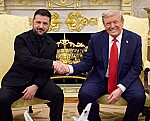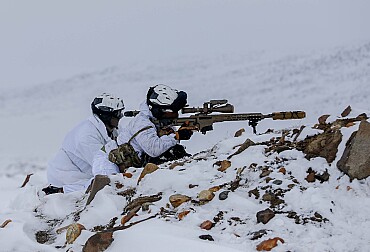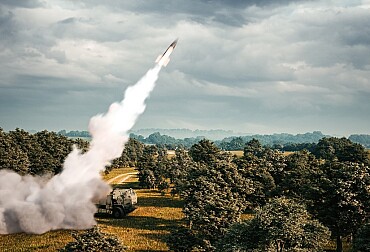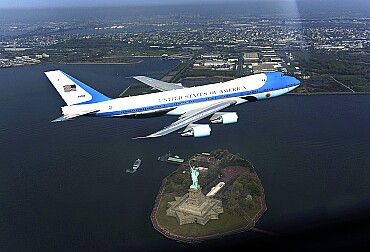B-2 Pilots who struck Iranian nuclear sites honored at White House on July 4
In an unprecedented show of military recognition and political symbolism, the U.S. Air Force pilots who carried out the high-profile strikes on Iranian nuclear facilities in June were invited to the White House for this year's Independence Day celebration. The pilots, who flew the iconic B-2 Spirit stealth bombers, played a central role in Operation Midnight Hammer, the most significant U.S. military operation against Iran in over a decade.
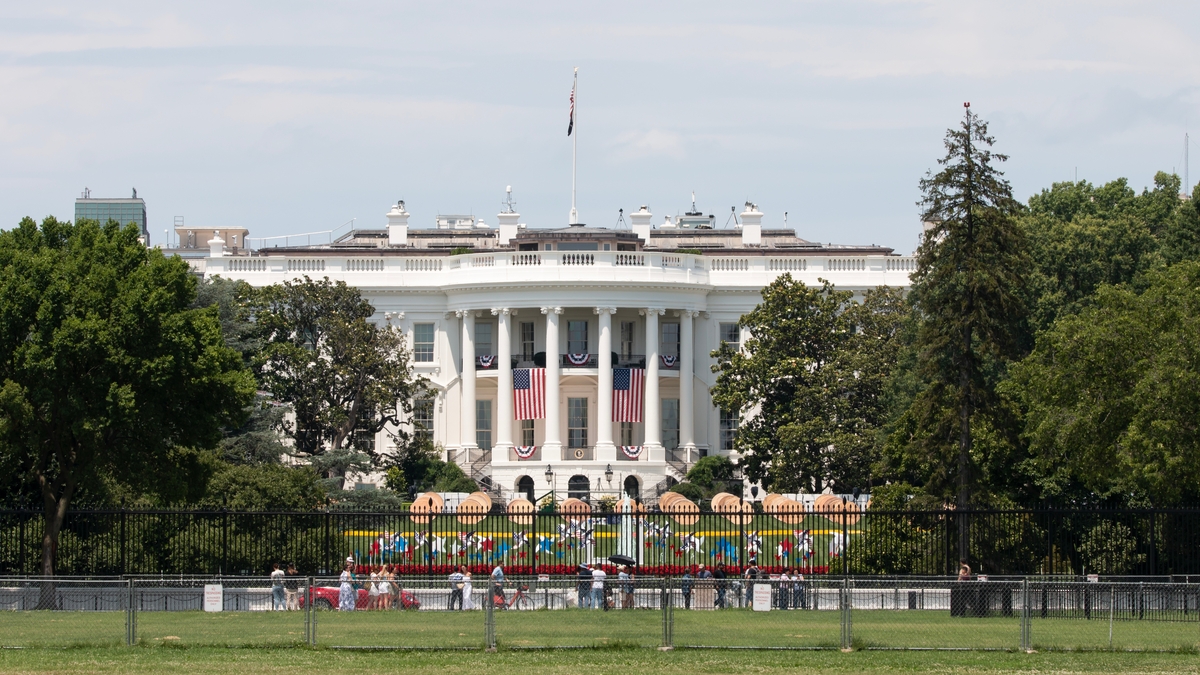
The invitation, confirmed by both Pentagon officials and President Trump himself, marks a rare public acknowledgment of a covert and highly sensitive mission—one that has drastically escalated tensions in the Middle East and redefined the United States’ posture toward Iran’s nuclear ambitions.
Operation Midnight Hammer: The mission that shook the Gulf
In early June 2025, a coalition of U.S. military assets launched a coordinated strike on three major Iranian nuclear facilities: Fordo, Natanz, and Isfahan. The mission involved over 125 military aircraft, including B-2 bombers, F-22 Raptors, F-35 stealth fighters, aerial refueling tankers, and Navy submarines launching cruise missiles from the Arabian Sea.
At the heart of the operation were the 14 B-2 pilots and their crews, who flew marathon 36-hour missions from Whiteman Air Force Base in Missouri to Iran and back, delivering massive GBU-57 bunker-busting bombs on fortified underground targets. These pilots, often referred to as “silent warriors,” were selected for their elite skills in long-range precision strike and stealth flight under extreme operational secrecy.
July 4 at the White House: A different kind of salute
At this year’s White House Fourth of July festivities, the B-2 pilots and other service members involved in the Iran strikes were honored in what administration officials called “a tribute to American precision and power.”
Speaking to Fox News, President Trump praised the aviators in his typical grandiose style:
“They flew 36 hours in a small space — it’s a big plane, but still a small space when you're in it that long. They were brilliant, just brilliant,” he said.
The White House celebration included a flyover of B-2s, F-22s, and F-35s, echoing the aircraft used in the operation. Families of the pilots were also in attendance, with strict guidelines around identification and security.
Security over celebration
Despite the fanfare, the Department of Defense and Secret Service remained cautious. The identities of the B-2 pilots are being kept strictly confidential, and no public interviews or official photos were allowed.
Defense analysts have voiced concerns that public recognition of covert military personnel—even symbolically—could expose them and their families to retaliation, particularly from Iran or Iranian-aligned proxies.
Retired Brig. Gen. Kristin Goodwin emphasized the security risks:
“These individuals executed one of the most sensitive operations in recent memory. Recognizing their heroism is important, but we must not compromise their safety.”
The Pentagon confirmed that all personnel involved in the Iran operation have received additional briefings on maintaining personal security and minimizing public exposure.
Was it a knockout blow? Experts weigh in
President Trump has repeatedly claimed that the bombing campaign “obliterated” Iran’s nuclear capabilities. However, internal assessments from the Defense Intelligence Agency (DIA) offer a more measured conclusion.
According to recent reports, the operation likely set Iran’s program back by at least several months, with more optimistic estimates suggesting a delay of up to two years depending on Iran’s ability to repair and regroup. While the strikes delivered serious damage to enrichment infrastructure and command centers, the long-term impact remains under evaluation.
Former intelligence officials caution that Iran has proven adept at rebuilding, dispersing, and concealing nuclear work in the past. A full rollback of nuclear ambitions is unlikely without sustained diplomatic and economic pressure alongside military deterrence.
A political statement wrapped in patriotism
Critics argue that inviting the pilots to the White House may serve as much of a political statement as a military tribute. With the 2026 midterm elections on the horizon and foreign policy a major talking point, the administration may be leveraging military successes to bolster a strongman image.
Nonetheless, for many Americans, the event was a powerful reminder of the skill and sacrifice of U.S. service members.
Air Force spouse Melissa Carter, whose husband flew one of the B-2s, said:
“It’s surreal. We go from silence and secrecy to standing on the South Lawn of the White House. I’m proud—but also anxious.”
Looking Ahead: What the strikes mean for U.S.–Iran relations
While the White House ceremony projected confidence and celebration, the broader strategic consequences of the Iran strikes are still unfolding.
-
Iran has vowed retaliation, though no direct action has yet occurred.
-
U.S. military bases in the Middle East remain on high alert.
-
Regional allies such as Israel and Saudi Arabia have expressed support for the operation, but European partners remain divided, with some pushing for renewed diplomacy.
As the world watches, the U.S. has sent a clear message: it is willing to use decisive military force to halt nuclear proliferation—and it will celebrate those who carry out that mission.
Conclusion: Glory and Gravity
The Fourth of July celebration at the White House offered a rare glimpse into the world of strategic bombing, stealth warfare, and modern geopolitics. The honored B-2 pilots, cloaked in anonymity, symbolize both American airpower and the complexity of modern conflict—where victory is not just a mission completed, but a message sent to allies, adversaries, and the world.



